As you may have already heard, January 24th 2014 is a special day in the world of electronics. It is the 30th birthday of The Apple Macintosh all-in-one computer, a computer often credited with sparking the revolution in personal computing that introduced these machines to the pedestrian masses. The Macintosh single handedly popularized the graphical user interface, the “desktop” as a space, and the Finder file manager, while subsequently inspiriting the operating systems giant, Windows. Apple’s Macintosh innovations were not original, Steve Jobs credits Xerox’s Alto computer as the basis, but their exploitation was.

Consider the format of personal computing up until that point: everything was confined to the realm of code, requiring users to memorize strings of commands in order to accomplish the slightest task. Not friendly at all. But as Wired’s Steven Levy points out, The Macintosh was friendly, opening with an inviting smiling, empowering ordinary folks with the same text formatting tools as professionals, allowing them to select and move text with the help of a mouse.
Apple has created dozens of iterations of the all-in-one computer since The Macintosh first captured the public's interest with its unique Ridley Scott directed commercial first airing during the 1984 Superbowl. Today we celebrate the Mac’s birthday and Apple’s contribution to consumer electronics, by visually recanting the many generations of computers born from the original Mac.
Macintosh – 1984 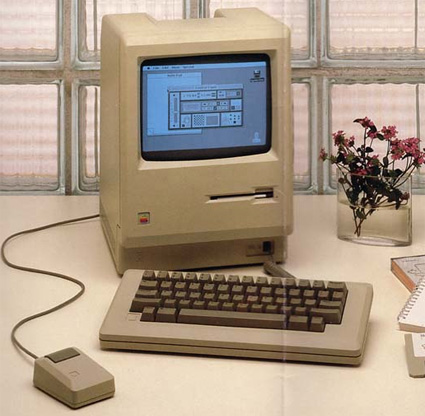
The Apple Macintosh was later referred to as the Macintosh 128K; It cost $2,495 when it was released.
Apple IIGS – 1986
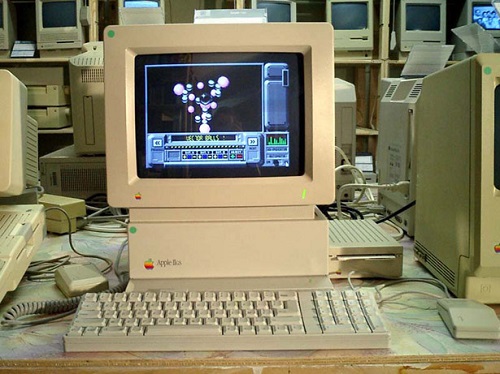
Macintosh Plus – 1986 
The color of the Macintosh was changed from beige to a warm gray platinum, the same color characteristic of future models.
Macintosh SE – 1987 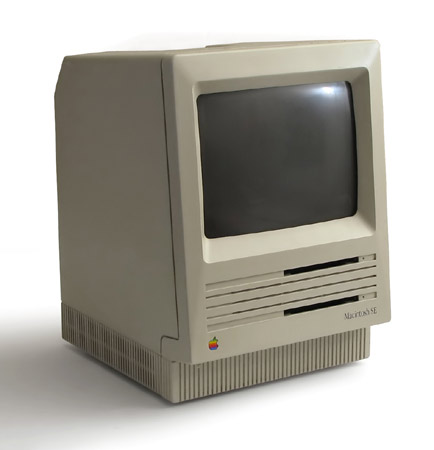
Apple IIc Plus – 1988 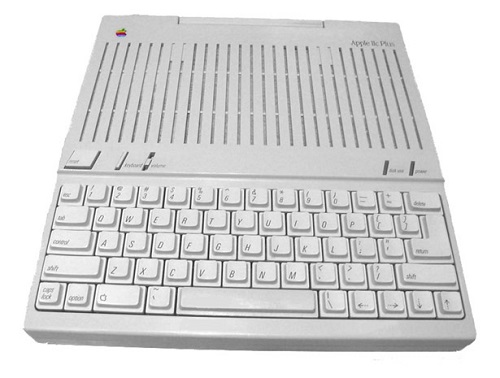
Macintosh SE/30 – 1989 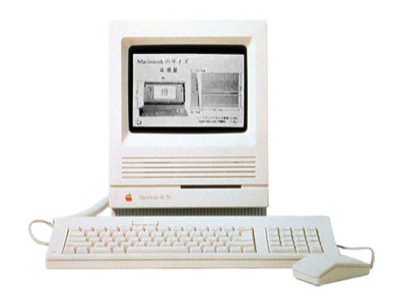
Macintosh Classic – 1990
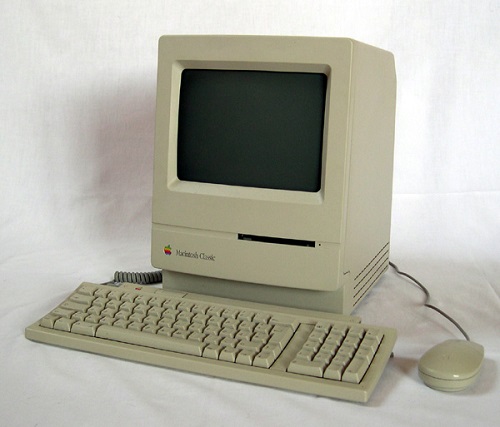
Macintosh Classic II – 1991
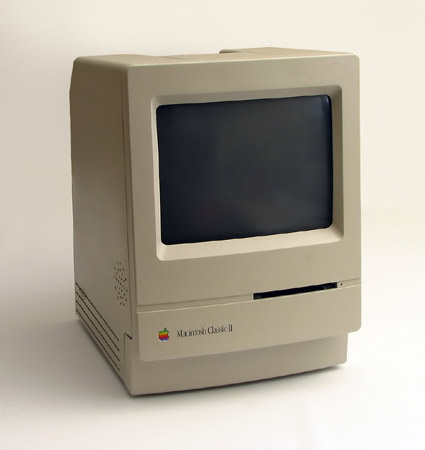
Classic II was released in 2 versions: with (above) or without built-in speakers
Macintosh Color Classic – 1993 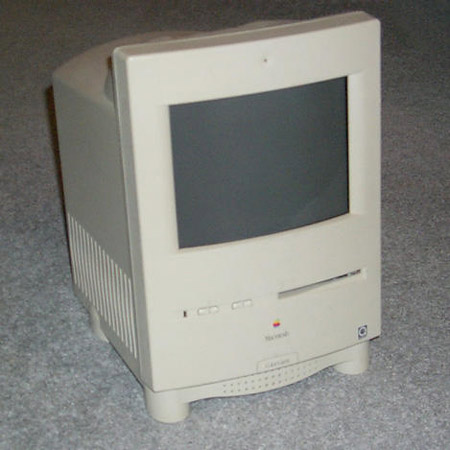
Apple Macintosh LC500 – 1993
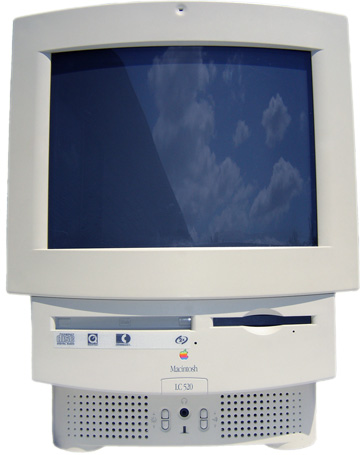
Macintosh Performa 5200 – 1995 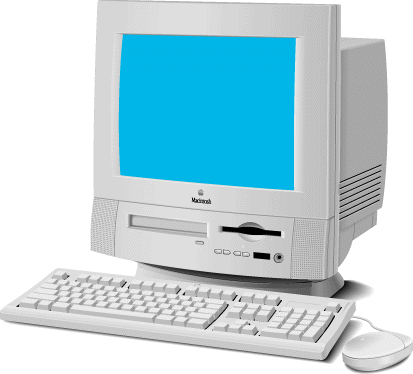
I remember playing Oregon Trail on this bad-boy back in the 2nd grade of Elementary School
Twentieth Anniversary Macintosh (TAM) – 1997 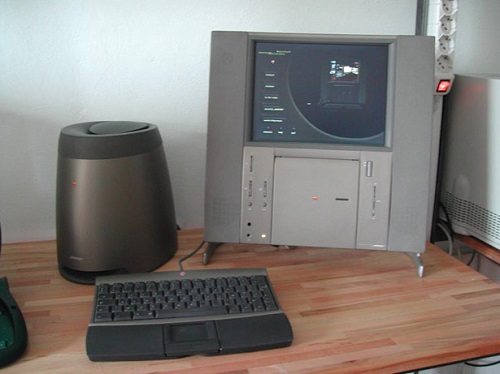
PowerMac G3 All-In-One – 1998 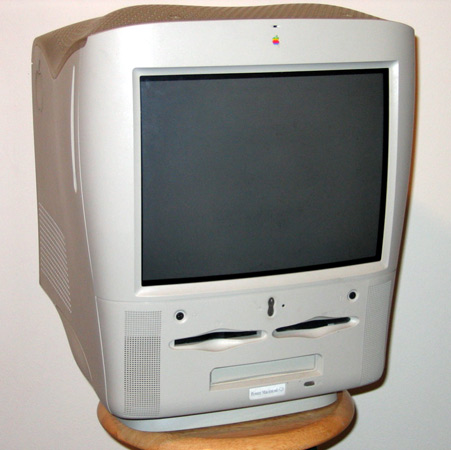
iMac G3 Tray-Loading, Bondi Blue – 1998 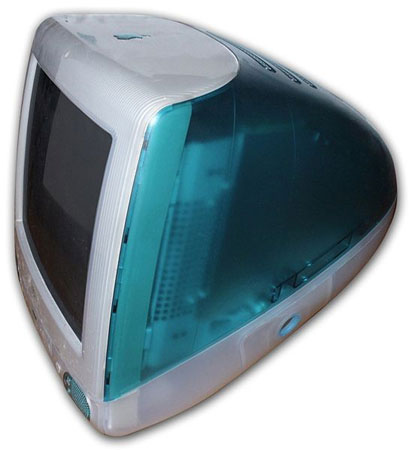
iMac G3 Slot-Loading Indigo – 1998 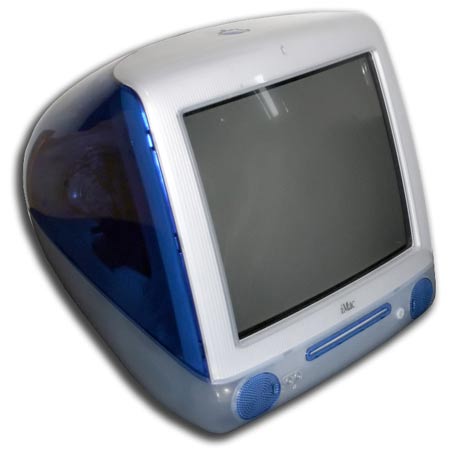
iMac “Flavours” – 1998 to 2003 
eMac – 2002 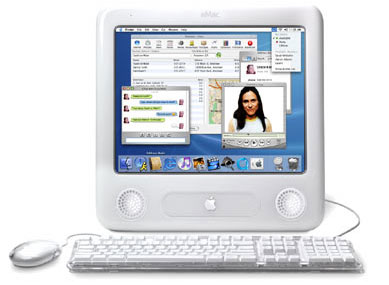
iMac G4 – 2002 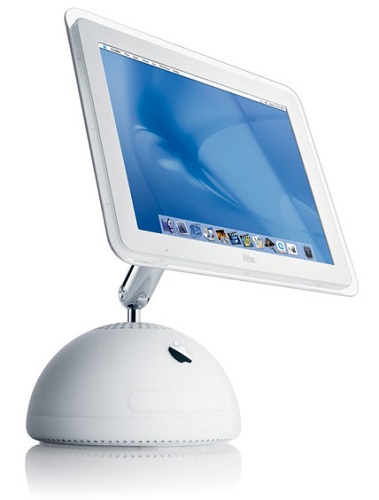
The G4 represents the first iteration of Apple’s paradigm shift toward “slimming down.”
iMac G5 – 2005 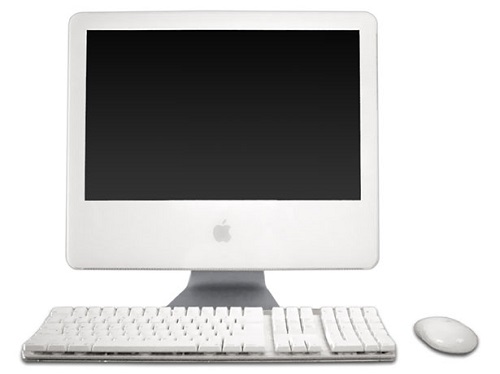
The G5 continued the minimalist trend of the G4, but forgo the swivel in place of a “behind-the-screen” component design
iMac (Aluminum) – 2007 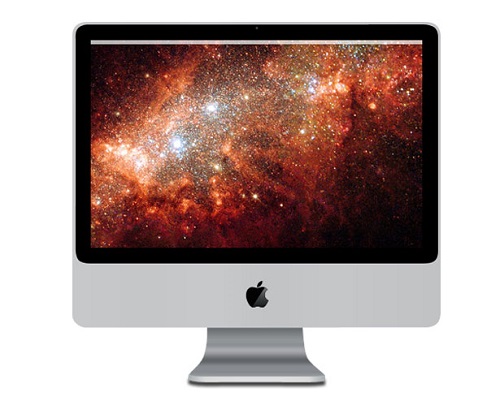
iMac Aluminum (Unibody) – 2009 
Slimmer and wider than its predecessor. Available in 21.5 or 27 inches.
iMac (Slim Aluminum Unibody) – 2012/2013 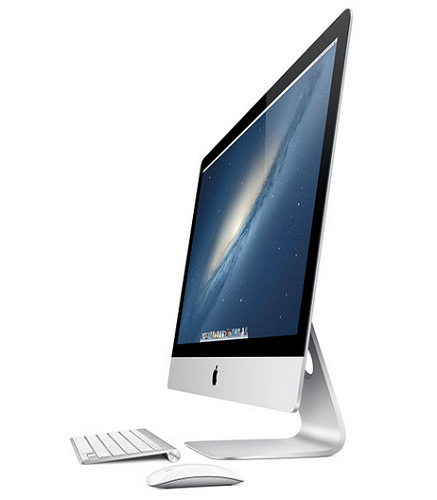
Story via webdesignerdepot
Advertisement





